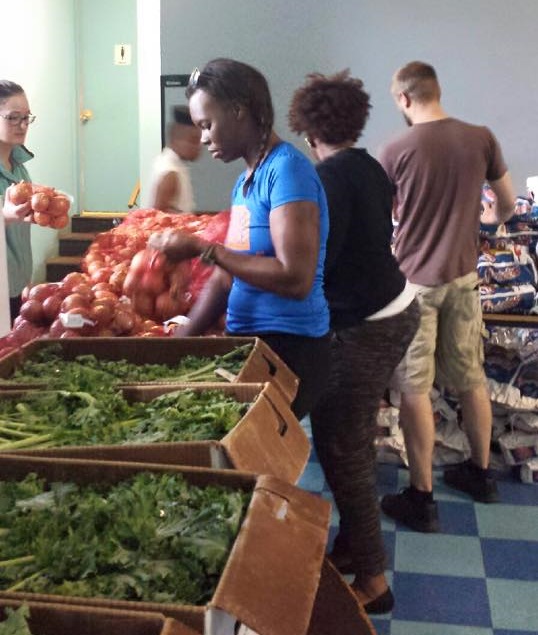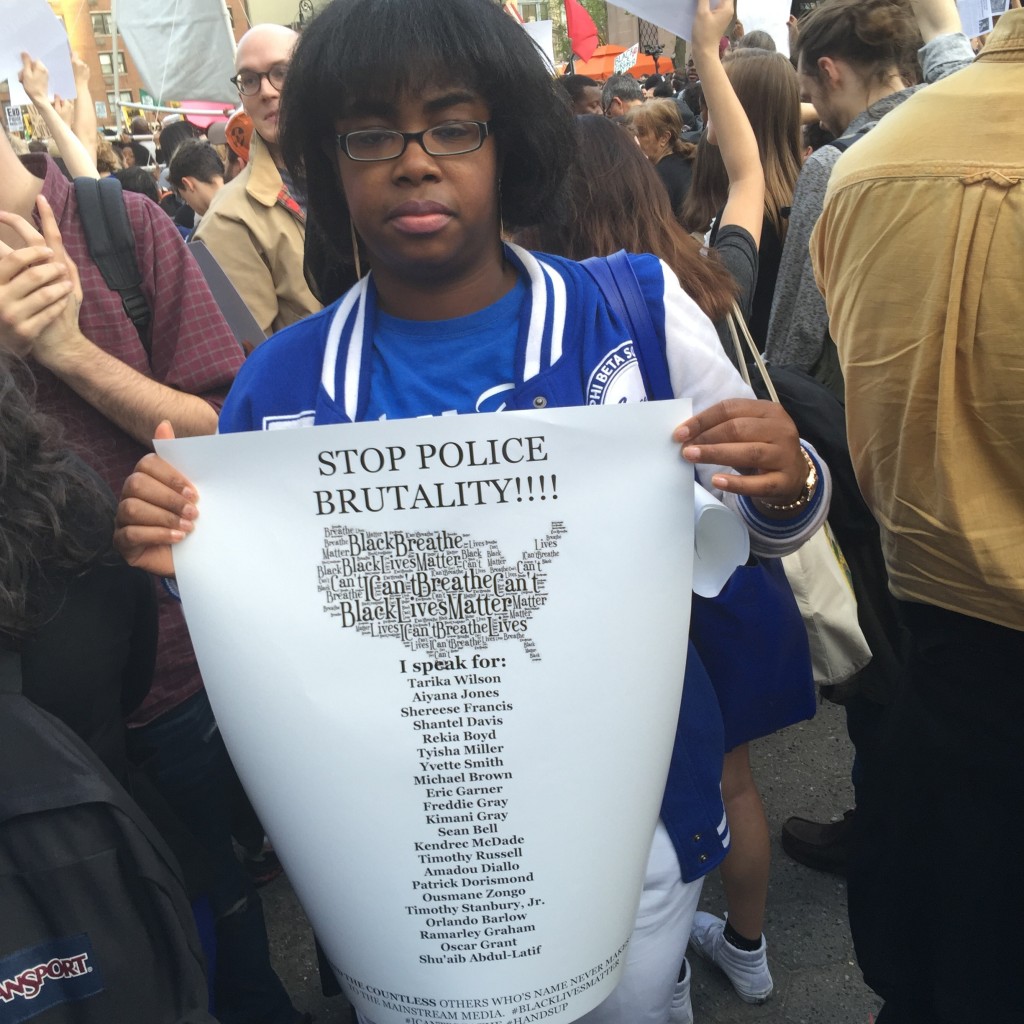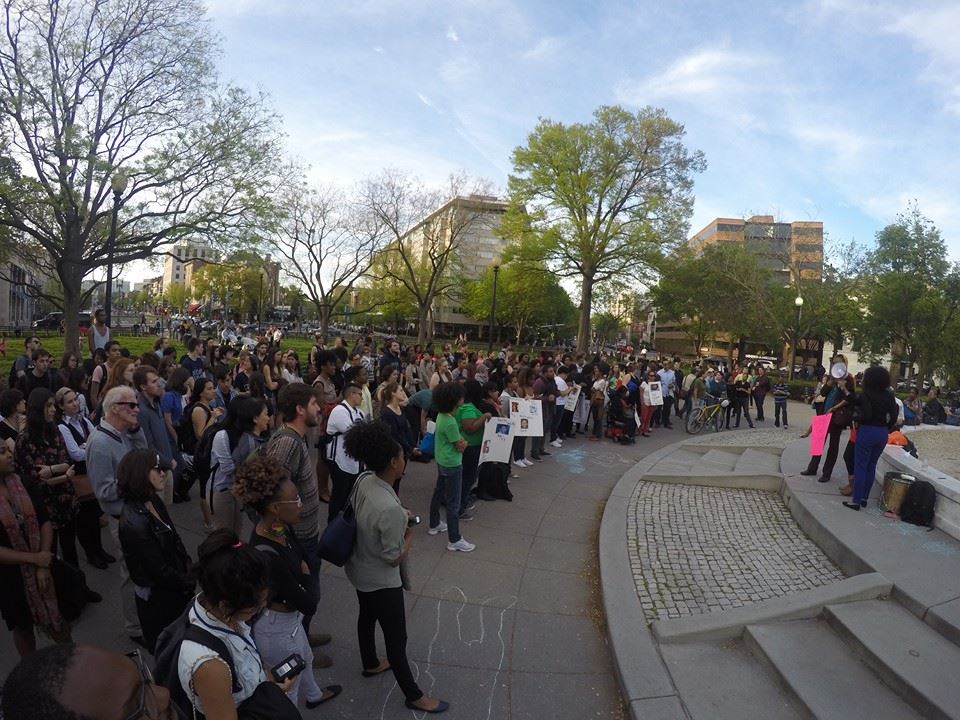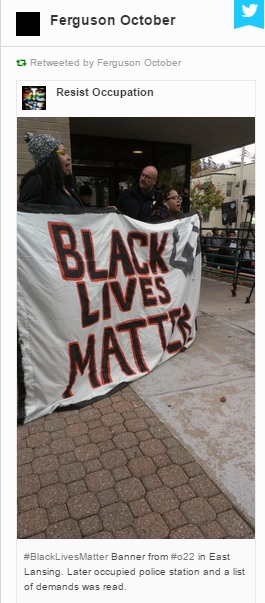On April 19, Baltimore resident Freddie Gray died in police custody from spinal injuries. How it happened has remained unknown, but it sparked protests in Baltimore this week akin to those in Ferguson, Missouri in 2014. To learn more about why, here is a Washington Post article written by a reporter who has lived in Baltimore for 30 years.

Because a minority of people at the protests grew violent (some burned a CVS), some media outlets have unfairly focused on them rather than the majority of peaceful protesters who simply want justice for Gray and justice for their communities.
SSH Board member Maureen Evans Arthurs lives near Baltimore. She shares what she did on Wednesday:
“I joined the No Boundaries Coalition at St. Peter Claver Parish in Sandtown, Baltimore to distribute food and toiletries to residents in need. The community asked for help, and we were right there to provide it. The media is depicting Baltimore as a city of lawlessness and upheaval, when really, communities are coming together to support one another and causing a positive uprising for change. #BmoreUnited
Every day this week there have been protests and that will continue, not just in Baltimore, but in other parts of the country. CNN reports:
“From coast to coast, marchers are taking to the streets to support Baltimore protesters and complain about police brutality in their own towns. The momentum only seems to be building as the week goes on.
Demonstrations are planned for Thursday in Cincinnati,CNN affiliate WXIX reported. And Philly.com said a “Philly is Baltimore” protest will be held at Philadelphia City Hall. Seattle, Portland, Oregon, and Oakland, California are on tap for Friday, which is also May Day or International Workers Day — often used to call attention to issues affecting the working class and minorities. In addition to Baltimore, protests took place in at least half a dozen cities Wednesday.”

SSH Board member Malikya Muhammad lives in New York and she joined the “NYC Rise Up & Shut It Down With Baltimore” last night with 1000s of other protesters. Unfortunately though, she said it turned scary, “The cops turned a peaceful protest into a jail cell roundup folks who have been doing this for awhile. I never saw anything like this before.”
Men are not the only ones unfairly policed or killed. I attended a vigil in Washington, DC, last night for Rekia Boyd and other Black women who have been killed by police. The organizers had us chant out for justice for dozens of women and women in the crowd came up to share poems, songs, and thoughts. Several reminded the Black women in the audience that they matter, their stories, their voices matter. Indeed, they do.
We hope you will do something, take a stand (take part in the “Shut it Down” event May 1 in Baltimore), speak out, and advocate for a cultural shift where #BlackLivesMatter and everyone feels safe in their communities.


